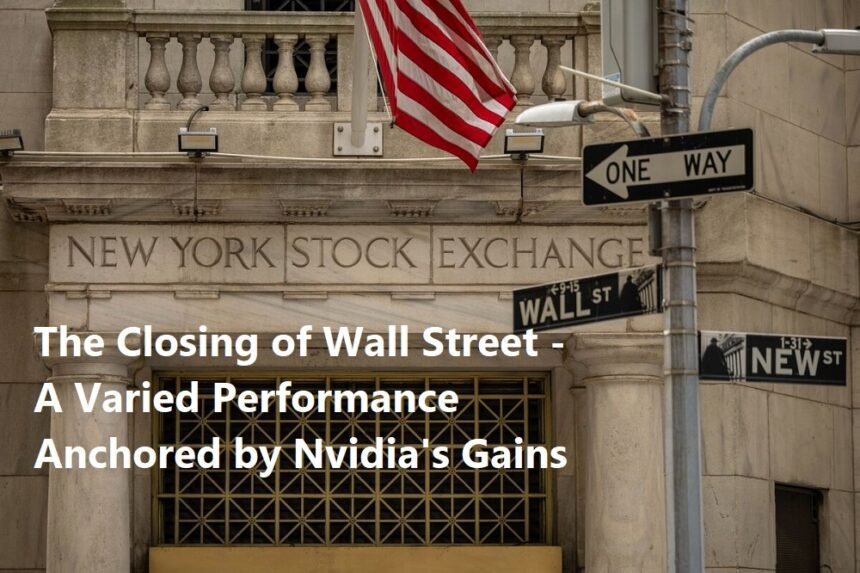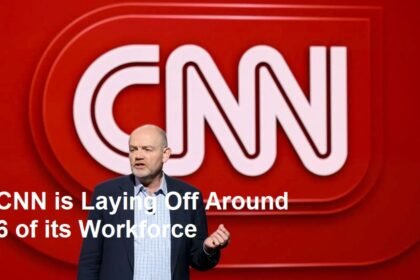On February 16, 2025, Wall Street exhibited a varied performance, reflecting the complexities of the financial markets as investors navigated a landscape marked by economic indicators and corporate earnings. Among the notable indexes, the Nasdaq Composite emerged as a standout performer, gaining 0.41% to close at 20,026.77. This increase was significantly bolstered by the impressive rise of Nvidia Corporation, whose shares climbed 2.6% during trading hours.
The fluctuating nature of Wall Street on this particular Friday can be attributed to several underlying factors. Investor sentiment often oscillates based on a multitude of elements, including macroeconomic data releases, geopolitical tensions, and sector-specific news. On this day, a mixed set of economic indicators was released, with some data reflecting resilience in the consumer sector while others indicated potential weaknesses in manufacturing outputs. Such disparities often lead to indecisiveness in the market, as traders weigh the implications of both positive and negative reports on future economic growth.
Nvidia’s performance on this day played a pivotal role in uplifting the Nasdaq Composite. As a leading technology company, Nvidia’s advances in artificial intelligence (AI) and graphics processing units (GPUs) have continued to capture investor attention and fuel market enthusiasm. The share price increase was likely driven by optimism surrounding the company’s ongoing innovations and its expanding influence in sectors such as gaming, data centers, and autonomous vehicles. Moreover, broader trends in technology investments often correlate with the performance of the Nasdaq, which is heavy with technology stocks.
The significance of Nvidia’s rise extends beyond its direct impact on the stock price. It serves as an indicator of investor confidence in the technology sector as a whole, particularly amid ongoing discussions regarding the future of AI and its transformative potential across industries. The pervasive integration of AI technologies into business operations signifies a trend that investors are eager to support, marking Nvidia as a linchpin in this progress.
The overall market conditions, however, reflect a complex interplay between optimism and caution. While the Nasdaq showed resilience, other indexes exhibited muted performances, highlighting the divergent paths that different sectors may be taking. For instance, the Dow Jones Industrial Average and the S&P 500 exhibited minor fluctuations, demonstrating that not all segments of the economy are aligned in their growth trajectories. This divergence underscores the importance of sector analysis when evaluating market performance, as it becomes clear that while technology may show strength, more traditional industries may be facing headwinds.
Furthermore, geopolitical factors continue to impose uncertainty on the market landscape. With ongoing global tensions affecting trade relationships and foreign investments, investors remain vigilant. The backdrop of international diplomacy can often overshadow positive corporate news, leading to a more cautious investment approach. As such, the mixed nature of the market on February 16 is emblematic of the broader climate in which economic indicators are interpreted through the lens of global events.
In conclusion, the closing of Wall Street on February 16, 2025, illustrates a market characterized by variability and complexity. The Nasdaq Composite’s rise, fueled by Nvidia’s share performance, highlights the pivotal role of technology in contemporary financial dynamics. However, the disparate movements of other indexes point to an entangled environment where optimism coexists with caution. As investors navigate this intricate landscape, it remains crucial to consider both sector-specific developments and broader economic trends in shaping future investment strategies. The interplay of these elements will continue to define market trajectories in the months to come.












